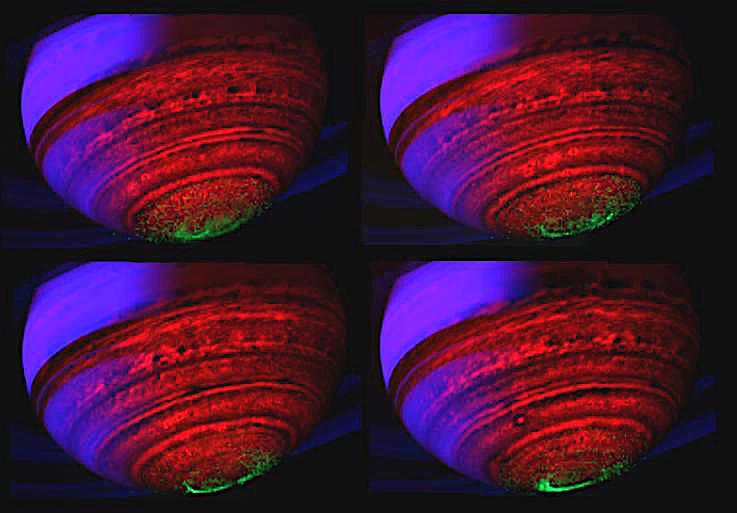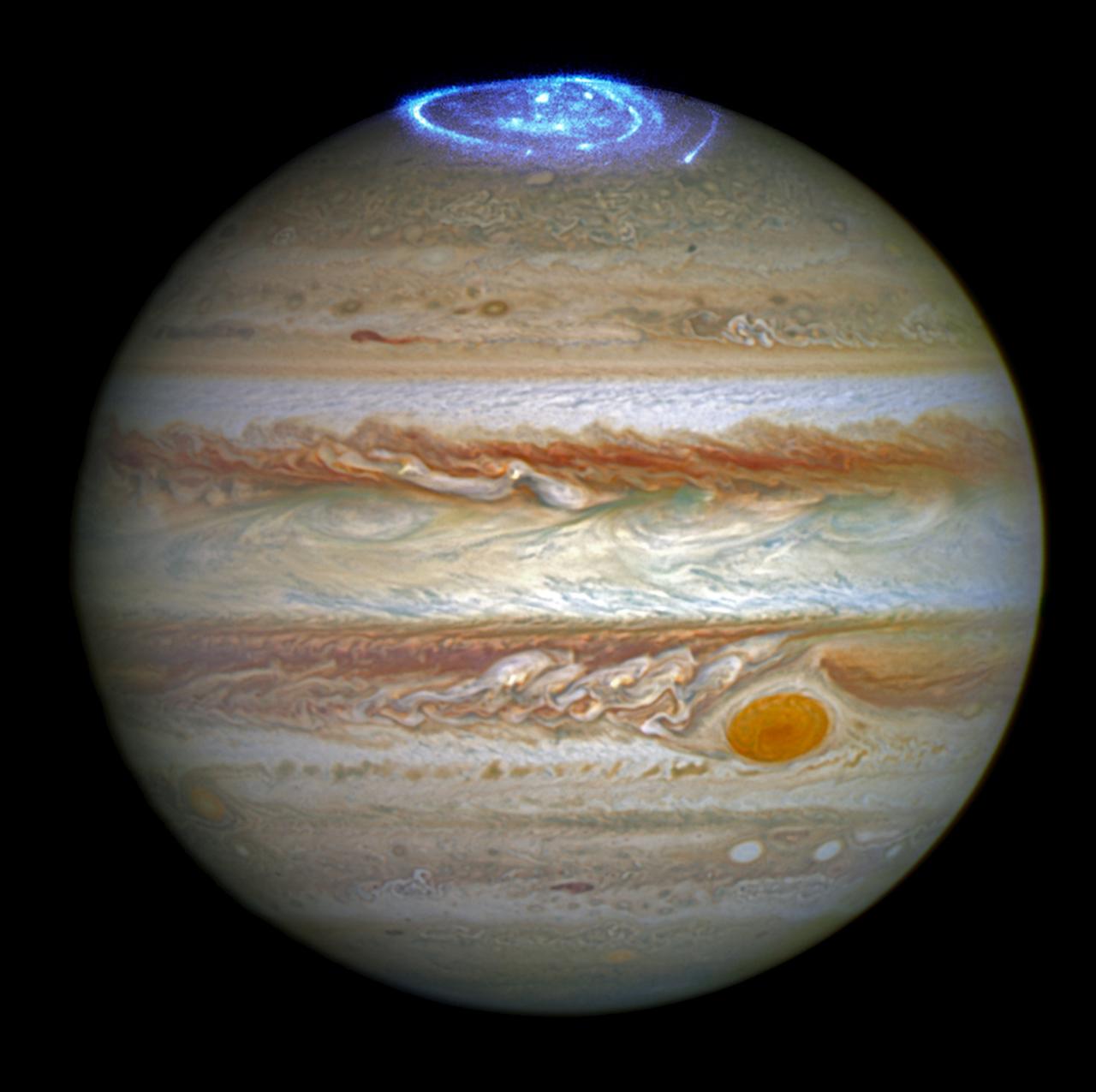'Powerful auroras' on alien planets may be sending strange radio signals toward Earth
The northern lights on these worlds must be much, much stronger than on Earth.

Four brand-new alien planets have potentially been discovered after scientists detected the shimmering radio flashes of auroras in those planets' atmospheres, a new study says.
Auroras occur when solar wind — intense gusts of electric particles belched out by the sun — smash into a planet's magnetic shield. Earth experiences auroras near the north and south poles, where miraculous displays of color and light streak through the evening sky.
But this pleasant light show is only a piece of the story; astronomers know that the cosmic clash of solar wind and magnetic fields also produces bright flashes of radio light that can be seen far across the galaxy. To an alien observer hundreds of light-years away, the auroras of Earth may look like sudden, bright explosions of radio energy.
Now, in a study published Oct. 11 in the journal Nature Astronomy, scientists think they've discovered four brand-new planets within 160 light-years of Earth, by detecting the shimmering radio flashes of auroras in those planets' atmospheres. If confirmed by future research, these four alien worlds will be the first planets detected through radio waves alone, the researchers said — potentially opening a new avenue for planetary detection in our galaxy.
"It's a spectacle that has attracted our attention from light-years away," lead study author Joseph Callingham, an astrophysicist at Leiden University in the Netherlands, said in a statement.
Related: Northern lights: 8 dazzling facts about auroras

The researchers discovered these potential planets somewhat accidentally, while surveying nearby red dwarf stars with the Low Frequency Array (LOFAR) radio telescope in the Netherlands. Red Dwarfs are much smaller, cooler stars than our sun and are thought to be the most common type of star in the galaxy, according to Live Science's sister site Space.com. These stars typically have very large magnetic fields, and tend to flare up with gigantic bursts of energy that are visible across the electromagnetic spectrum.
Sign up for the Live Science daily newsletter now
Get the world’s most fascinating discoveries delivered straight to your inbox.
But of the 19 red dwarfs the researchers detected, four seemed a little unusual. These oddball stars appeared very old and magnetically inactive, yet they still shined with bright radio signals. If these signals weren't the result of large magnetic flare-ups, then what could be causing them?
Using a mathematical model, the team concluded that the strange radio signals are most likely from a powerful aurora process occurring in the atmospheres of unseen, undiscovered planets orbiting the old stars. According to the study authors, the process is similar to auroras on Earth, with charged solar winds clashing with a magnetic field, but they may behave more like the powerful auroras seen on Jupiter.
"Auroras from Jupiter [are] much stronger [than Earth], as its volcanic moon Io is blasting material out into space, filling Jupiter's environment with particles that drive unusually powerful aurorae," Callingham said. "Our model for this radio emission from our stars is a scaled-up version of Jupiter and Io."
With radio data alone, the researchers can't be sure that hidden planets are responsible for the strange signals around these old stars. However, powerful planetary auroras seem to be the most plausible explanation right now, the team said. Further observations of the withered stars could reveal if the team's theory is correct — and whether bright blasts of radio energy can help lead astronomers to more alien worlds in the future.
Originally published on Live Science.

Brandon is the space/physics editor at Live Science. His writing has appeared in The Washington Post, Reader's Digest, CBS.com, the Richard Dawkins Foundation website and other outlets. He holds a bachelor's degree in creative writing from the University of Arizona, with minors in journalism and media arts. He enjoys writing most about space, geoscience and the mysteries of the universe.










